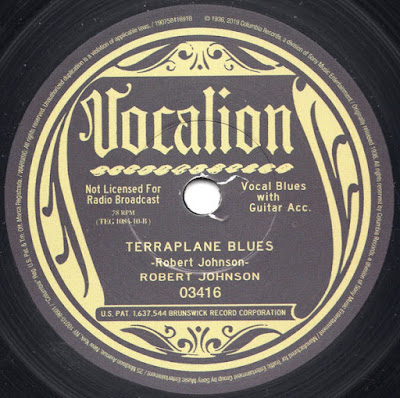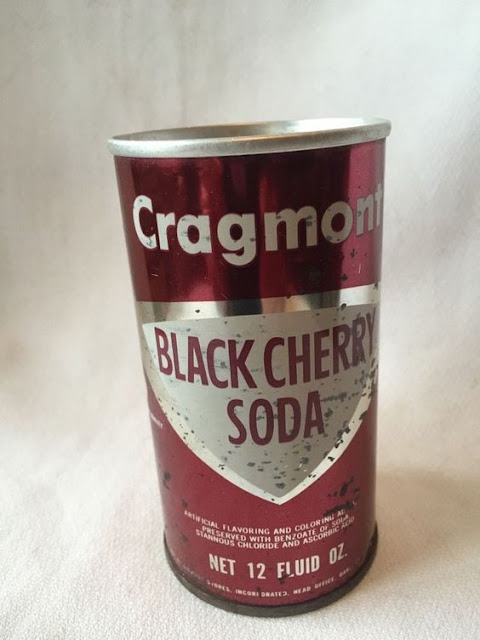If you love random free, old, fun and useful stuff. But can't find anything useful on the curb outside and you're tired of
the disappointing and questionable crap on
Craigslist.
Or you're simply happy just where you are, curled up with your laptop, I, your Rip Van Winkle-like blogger, would like to introduce (or reintroduce) you to a valuable and ever expanding web resource.
The Internet Archive.
The Internet Archive is where our public domain, copyright-lapsed, obsolete and often oddball media goes not to die. But to wait to be rediscovered.
You'll find:
CD-ROM Computer Games, Operating Systems and Software
 |
| Image: Internet Archive |
 |
| Image: Internet Archive |
In recent years, The Internet Archive has become a motherlode for miners of classic video games. 1980s and 1990s computer games Gen-X and older Millennials grew up with such as
Beavis & Butt-Head Virtual Stupidity,
SimCity 3000 and others are now free and legally downloadable ISO files you can burn to CD or run with an image writer.
This includes obsolete
operating systems* too. What this means for you, the person with a few old computer towers/laptops collecting dust and you lost or misplaced the
rescue CDs, new hope. They make excellent retro gaming computers or home MP3 server jukeboxes.
An old low spec 32 bit 512 MB - 1 GB RAM older Pentium computer tower, can also be revived for secure modern use with some 32 bit versions of Linux are available like
Bodhi Legacy.
LXLE and
antiX can also run on systems that low) but the speed and performance of these systems will not be the same as with a modern PC. Simply because the hardware is too old for modern demands. But as a very basic computer, they will do fine.
*The Catch: Select
carefully and download at your own risk. Some OSs/software
aren't official releases or are in
foreign languages. File scan everything for malware/viruses before installing. I'm not sure of the screening process (if any) at IA for software. But it doesn't hurt to make absolutely sure.
The Great 78 Project
For those looking for way out of the brain fog of modern pop music. Here's a fun place to explore.
It's like going through a musty mystery box of 78 RPM records, but much more accessible.
Imagine!
- No more back-breaking hauling in boxes of heavy shellac discs.
- No more fear of accidental breakage of some of these now rare records.
- No more daddy longlegs or other unsightly visitors lurking in the corners of these boxes.
- No more needing to find an appropriate record player with 78 RPM speed.
- No more meticulous listens with different points of stylus to find just the right one. (It's already been done for you. With sample plays)
- No more social embarrassment if you accidentally try to play the
Edison Diamond Discs of the 1910s on a standard Victrola reproducer (tsktsktsk). Or having to rearrange the cartridge wires.
So why go through all that needless fuss, work and expense when at last, you can practically say "
Alexa, play
'Low Bridge! Everybody Down!' Billy Murray"? Your great-grandparents wouldn't.
Among my other discoveries in the corner of the Internet Archive:
"Radar" Mr. Bear & His Bearcats (1956)
 |
| My latest full-throated shower singing masterpiece. |
"Transfusion" Nervous Norvus (1956)
"Money" Big Jim Buchanan (1954)
Decca
Curtain Call Series Volume 2 - Side 1
Side 2
This crunchy sounding, yet free and downloadable copy of this respectable 1953 Decca 10" LP compilation album of catalog artist material from the 1930s (with informative liner notes on the back cover.) is a great starting point if you're doing research into this music. It's one of the handful of odd early 33 1/3 RPM LPs also in the Great 78 Project.
The 10" LP was considered to be one of the early 33 1/3 RPM LP's selling points. A smaller size album the size of a standard 10" 78 RPM single (most 78 RPM albums of the '40s contained 4 records and 8 songs.) Eventually, 12" became standard size for LP records by the mid-1950s.
Unlocked Recordings
Unlocked Recordings are recordings that have fallen out of copyright. Or exist in a copyright limbo know as
Orphaned Works.
If you're looking for albums beyond the '40s, the pickin's here resemble the typical thrift store selection.
Crap From The Past
This 28 year running show on KFAI Minneapolis has been my mandatory Friday (10PM CT) listening for years. Specializing in lost hits, rare versions of hit singles, B-sides, demos, obscure tracks, should've-been-hits, cheesy cover versions and the really strange of pop primarily from the '70s to the '90s, Hosted by Ron "Boogiemonster" Gerber, he takes you on a graduate level course in pop music. If you miss the live broadcast on KFAI, you can
hear/download it here.
A-Log on The Airwaves
If you remember and miss Dr. Demento since he left the airwaves, Anthony "A-Log" Logatto, a devoted fan of The Good Doctor, has a worthy radio fix for us (it's the only one we currently have of this type). Focusing on current releases, song parodies and a few original tracks with a generous amount of Demento classics and a weekly theme, each program is three jam packed hours of fun. It's how I was introduced to "
The FuMP", a community of comedy musicians and fans. Highly recommended.
Feature Films
You won't find modern box office blockbusters (the best known public domain feature films are Birth of A Nation, Night of The Living Dead and Reefer Madness.) But if you love the kind of TV movies you saw on the Late Late Movie, get the popcorn ready. You'll also find crazy conspiracy films, Film Noir, low budget horror and sometimes, their trailers.
Ephemeral Films
An school A/V club member goldmine, these were the films you saw in class when you were growing up. You also get to see company training and promotion films and old stock footage
Classic Television
For those who love the off-network TV shows often seen on independent UHF TV stations back in the day, here's manna: Several classic TV series, such as Gunsmoke, Bonanza, I Love Lucy and Ozzie and Harriet are available for download on Internet Archive. Plus, you get to see some foreign TV programs, such as Australia's Brian Henderson's Bandstand and several early UK TV programs we also missed here too in those days.
But all this great stuff isn't 100% free. It costs money and dedicated volunteer time to keep the selection expanding and the servers upgraded. So please consider a small donation to Internet Archive. It's a great deal for the price and keeps our pop culture history complete.
Have a great weekend!




















































